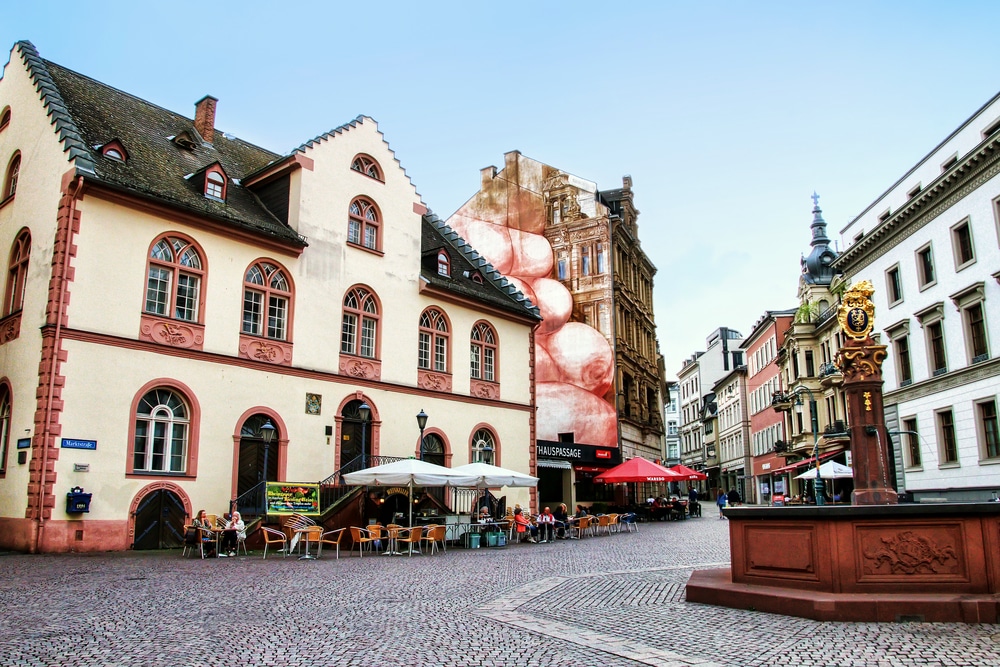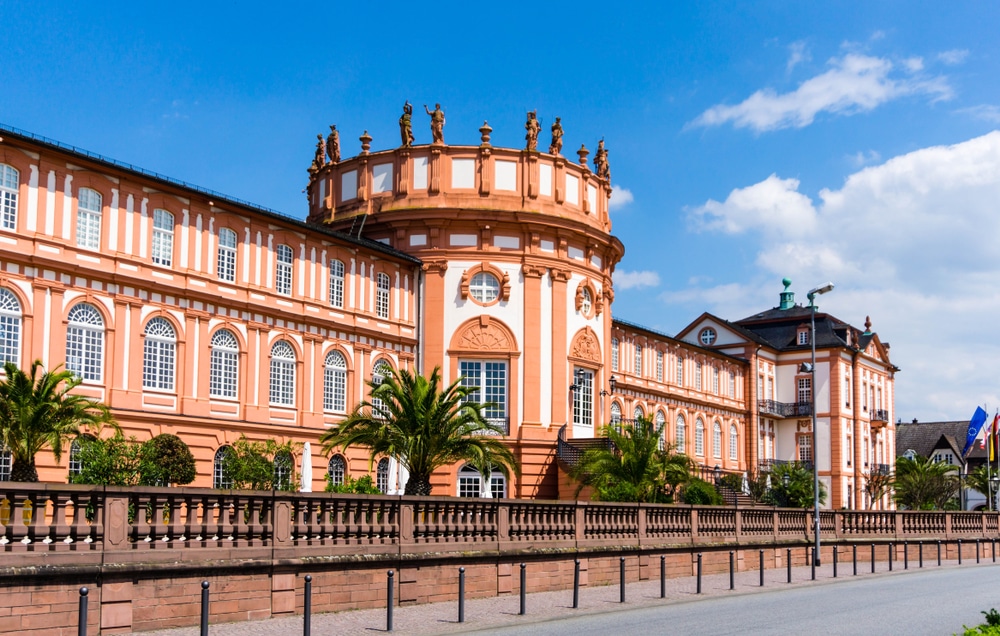It is indeed old - the "Old Town Hall" of Wiesbaden. It dates back to 1610 and is the oldest building in the city. Originally, the Old Town Hall was built in the Renaissance style, but over the centuries there have been so many structural corrections that the original impression has become more and more blurred.
This building can be found at the central point of Wiesbaden's old town in Marktstraße. Opposite the former town hall, which has since been replaced by a younger one, the city palace cannot be overlooked. It serves the Hessian Parliament on occasions of representation.
The model of the house has been preserved
In 1608, before the Thirty Years' War, the foundation stone was laid for the town hall of Wiesbaden. The city architect of the time, Valerius Bausendorf, commissioned Antonius Schöffer with the construction of the building. It was based on a model by Bausendorf, which survived the turmoil of a long period of time and can still be found in a museum. The town architect was commissioned to build the town hall by Count Ludwig II of Nassau, who resided in Saarbrücken Castle, and who rendered outstanding services to the education of the population and to making the Saar navigable.
Ornate half-timbering on the upper floor
The plan for the construction of the town hall included the execution of a very massive basement and an upper floor, the half-timbering of which was richly decorated and consisted of oriels and curved gables. The half-timbering had several models and was found, among others, in the Amtshof of Camberg, some town houses in Limburg an der Lahn as well as in the Vorburg in Idstein. In 1928 the upper storey of the house had to be restored because it had become dilapidated. The original style was changed and has since presented itself in a Gothic style.
Reliefs as symbols of the virtues
The staircase inside the town hall was not given a banister. During the restoration of the upper floor, the former wooden reliefs under the windows were replaced by copies made of stone. They represent the virtues of strength, justice, prudence, charity and temperance. The originals were preserved and are now kept in the Wiesbaden Museum. During a further reconstruction of the house, the relief panels under the window parapets, which were made of oak, were also removed.
Next to the entrance stood the pillory
In order to complete the building by 1610, the inhabitants of Wiesbaden had to lend a hand. According to old documents, they worked for seven weeks at a time without pay. After the completion of the town hall, the pillory was established next to the entrance. On the respective market days in Wiesbaden, the condemned were provided here with neck irons and chains and had to endure the ridicule of their fellow citizens.
In 2002, the historic town hall was modernised once again and given fresh colours as well as a glass lift at the back. The building now houses the registry office of the city of Wiesbaden. In the vaulted cellar there is a wine bar.



